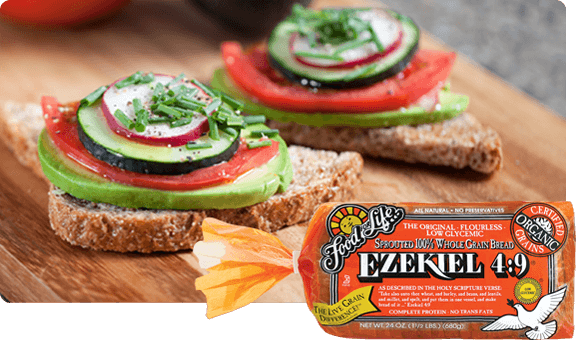Low Glycemic Diet - Why It's Important and What Foods Can You Eat?

One reason the low glycemic diet has become popular is because it cuts down the amount of carbohydrates and increases the amount of healthy foods in your diet. You may notice that foods labeled “low GI” are popping up everywhere. What is a low glycemic diet and what are its benefits? The glycemic index is a measurement that reports how quickly the body breakdowns carbohydrates and converts them into glucose. The glucose is absorbed in the blood stream and blood sugar levels begin to rise. This rising blood sugar triggers your body to release insulin so that the sugar can be used to generate energy for your body. High GI foods are typically foods high in carbohydrates such as white bread, pasta, rice, sugar, candy, and juice. The problem with a high GI meal is that they convert units of sugar very quickly and dramatically spike blood sugar levels. This may result in a sudden burst of energy but it will not last long. The “sugar high” rapidly disperses and the body crashes into a state of fatigue where the body is tricked into thinking it is starving. The long terms effects of these vicious energy bursts and crashes can be detrimental to your health. A low glycemic diet seeks to avoid this.
Another reason to adopt a low glycemic diet is because an overconsumption of glucose can result in severe weight gain. Carbohydrates convert into fat cells in the body if they are not used for energy. The increased fat can lead to health problems such as high blood pressure, diabetes, heart disease, and other conditions. It's good for everyone to avoid excess carbohydrates when possible, and a low glycemic diet helps make that possible. Additionally, as the body tries to offset excess glucose with more and more insulin, insulin resistance builds and the muscles no longer accept the energy from glucose. This is called diabetes which is often accompanied by obesity, bad cholesterol, high blood pressure, and constant fatigue. This is why a low glycemic diet is so important. Eating a low glycemic diet will help you maintain a healthy weight, control your cholesterol and blood pressure, and sustain energy throughout the day. And please, at all cost avoid foods with added sugar.
Foods with a low glycemic index have a low, identifiable glycemic index number associated with them. This glycemic index number is really a way of telling how much a particular type of food raises the blood glucose level compared to pure glucose, which has the highest number of 100. Visit www.glycemicindex.com to see a complete list of foods and their glycemic index values. This will help you get an understanding of how much sugar and carbohydrates are in foods you eat. The results will surprise you. For example, a chocolate chip cookie has a value of 43, while an ear of sweet corn has a value of 55. Remember, the higher the number, the more sugar is created once the food is broken down in your body. If unused as energy, that sugar is stored as fat. According to the University of Sydney, Australia, a glycemic index value of 70 or higher is considered high, 56-69 is medium, and 55 or lower is considered low. Knowing which foods have a high GI and a low GI will be highly empowering to your long term health as you continue to evaluate food labels and make nutritious decisions.
Keeping your carbohydrate intake low will result in less sugar being produced in your body as carbohydrates convert into sugar. Eating foods that are part of the low glycemic diet will help you achieve this goal. Some great Food For Life foods that are part of the low glycemic diet include:
Food For Life uses fresh sprouted certified organic whole grains and seeds. Because of the sprouting process, the food you eat contains more nutrients and is actually easier for your body to digest. There is no flour used in any Food For Life products. Grinding grains into flour increases the area where enzymes in the body work to convert starch into glucose quicker. Avoiding the use of flour eliminates the excess glucose from starch. Food For Life does not use any GMO's or refined sugars in their products.
A natural sweetener, malted barley, is used in the place of refined sugars. Malted barley is produced from sprouted barley, which is made mostly of complex carbohydrates, instead of sugars carbohydrates. No artificial preservatives or shortenings are used in Food For Life products. The slow baking process helps preserve the natural fiber and bran benefits of grains.
Food For Life makes a variety of low glycemic diet foods that have been awarded the Diabetic Friendly Seal by the International Government Accredited Organization, The Glycemic Research Institute. All the Food For Life products can help you: reduce weight, reduce risk of heart disease, control Type I and II Diabetes, hypoglycemia and hypertension, lower your blood sugar levels, and reduce the incidence of Type II diabetes. Explore the great options Food For Life provides you for healthier living every day.

